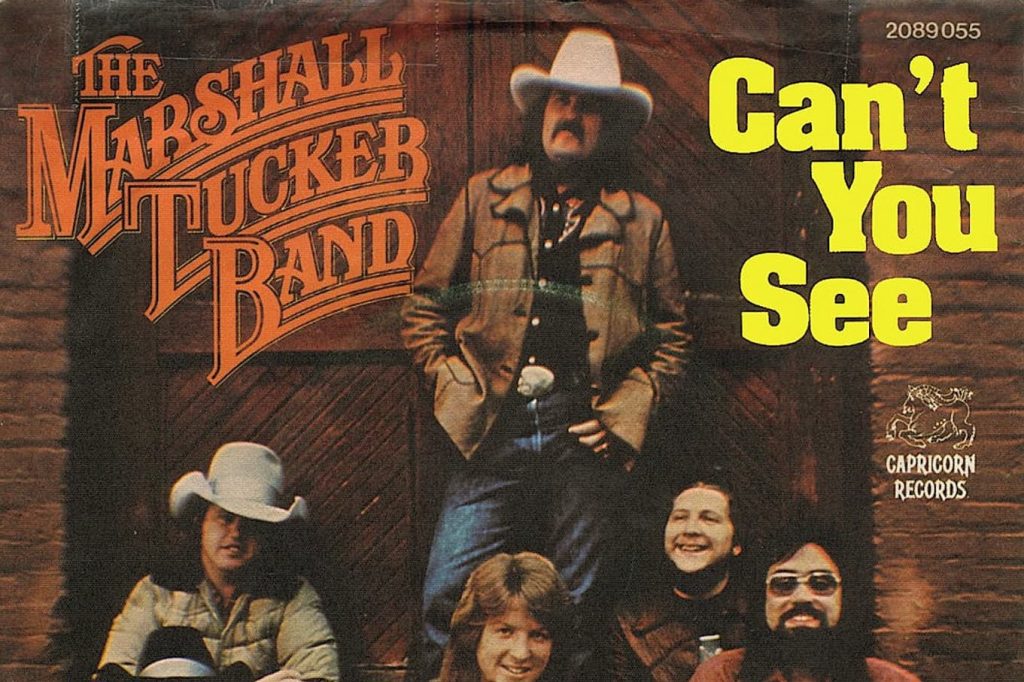
The Marshall Tucker Band – “Can’t You See”: A Timeless Anthem of Heartbreak and Longing
When The Marshall Tucker Band released “Can’t You See” in 1973, they may not have realized the song would become an enduring anthem of heartbreak, capturing the pain of a broken spirit for generations to come. Written by the band’s lead guitarist, Toy Caldwell, the song features a powerful combination of Southern rock and country influences, offering listeners a raw emotional experience that resonates deeply. It was featured as the first single from their debut album, The Marshall Tucker Band, introducing the world to the band’s signature blend of blues, rock, and country.
The beauty of “Can’t You See” lies in its simplicity and the raw emotion in its lyrics. Caldwell’s words, sung with a gritty intensity by lead vocalist Doug Gray, paint a vivid picture of a man trying to escape the heartache that’s consuming him. Lines like “Gonna catch a freight train, as far as I can ride,” reflect a desperate yearning for freedom, a desire to run from pain but knowing deep down that it can’t be outrun. The combination of plaintive lyrics and the soulful blend of flute, guitar, and harmonica gives the song its distinctive edge.
Despite being initially released in 1973, it was a live version of “Can’t You See” that gained significant traction, peaking at number 75 on the Billboard Hot 100 in 1977. While the chart success may seem modest, the true legacy of the song is in its cultural impact. It has been covered by various artists, used in films and TV shows, and remains a staple of classic rock radio, proving its timeless appeal. Fans of Southern rock often point to this track as one of the definitive songs of the genre.
One of the song’s most remarkable qualities is how it manages to continually build in intensity, much like the emotional turmoil it describes. Record World described it as “a strong rhythm item that continually builds and builds,” and that description couldn’t be more fitting. From the gentle strumming of the opening chords to the soaring flute solo and Caldwell’s climactic guitar work, “Can’t You See” takes listeners on an emotional journey, each verse pulling them deeper into the narrative of loss and escape.
For many older listeners, “Can’t You See” is a reminder of a specific time and place, a song that evokes memories of freedom, rebellion, and heartache. It speaks to universal themes that remain relevant, even decades after its release.